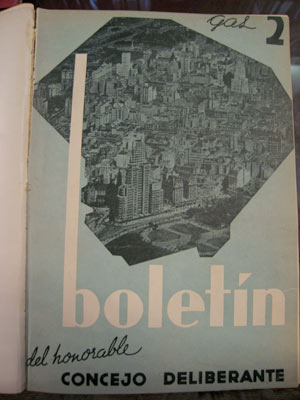housing for the masses: barrio varela-bonorino, 1925
Barrio Varela-Bonorino, 902 units • Flores
both sides of Avenida Eva Perón along Coronel Estebán Bonorino
The CCM saga continues…
Read More »housing for the masses: barrio varela-bonorino, 1925Barrio Varela-Bonorino, 902 units • Flores
both sides of Avenida Eva Perón along Coronel Estebán Bonorino
The CCM saga continues…
Read More »housing for the masses: barrio varela-bonorino, 1925Another boxy neighborhood built by the Compañía de Construcciones Modernas (CCM). Modifications in Barrio Emilio Mitre were so drastic that most traces of the 1920s had been erased. Fortunately, other CCM projects look just like they did 80 years ago.
Read More »housing for the masses: barrio nazca, 1923In post #3 of this series, an important point might easily go unnoticed:
“the national government never desired to be the sole provider of welfare in Argentina. They wanted to develop a model to demonstrate to private investors that housing projects were viable & could benefit everyone.”
All the projects written about thus far were funded either by the Argentine government, union groups or religious donations. Where were those elusive private investors?
Read More »housing for the masses: barrio emilio mitre, 1923The last government-funded housing project built in the 1920’s in Buenos Aires is one of my personal favorites. This neighborhood development tackled the debate of individual houses vs. apartment buildings in an interesting way —it has both!
Read More »housing for the masses: barrio rawson, 1928Hogar Policial (no official name), 24 units • San Telmo
Avenida Independencia & Avenida Ingeniero Huergo
Throughout the previous posts in this series, you’ve seen a variety of solutions to the housing shortage in Buenos Aires after millions of immigrants arrived. To refresh your memory, there were three groups responsible for building housing projects:

Something that caught my eye while I was researching the history of BA housing is the large number of projects that were never built. Lots of factors prevented plans from becoming a reality… lack of funds, disagreement over execution, problems purchasing land, excessive construction costs, or even international conflicts. Take your pick. So when I come across plans of projects that could have been, it’s a bit like discovering a time capsule.
Read More »housing for the masses: unbuilt bereterbide